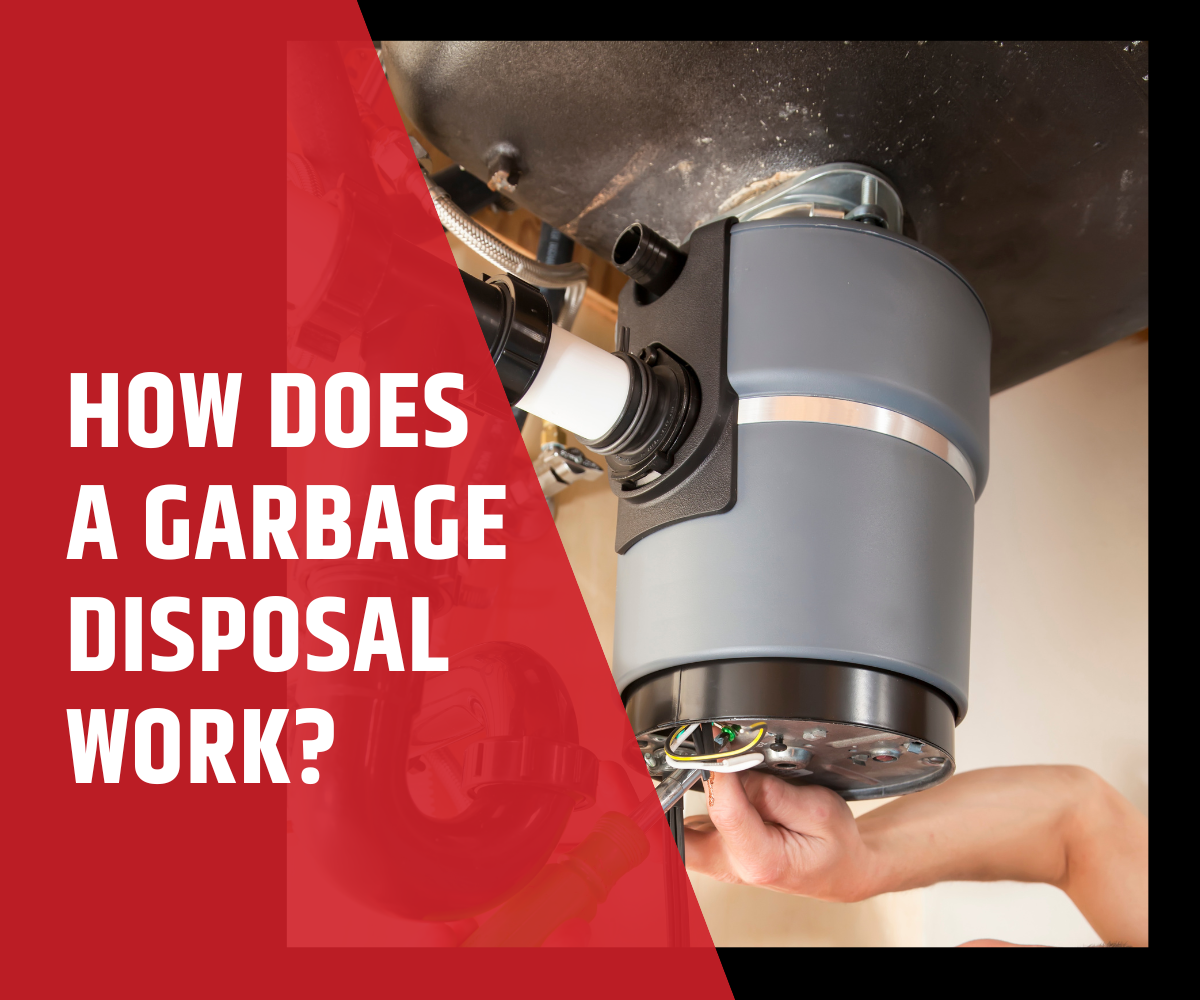How Does a Garbage Disposal Work? A Complete Guide
If you’ve ever wondered what happens when you flip the switch to activate your garbage disposal, you’re not alone. This kitchen appliance is one of the most common yet least understood devices in many homes. Understanding how a garbage disposal works can not only help you use it more effectively but also extend its lifespan and prevent unnecessary repairs. Whether you’re a new homeowner or a seasoned resident, knowing the inner workings of this device can save you time, money, and frustration.
In this blog, we’ll explain how garbage disposals work, the key components involved, and how to keep them running smoothly for years to come.
What is a Garbage Disposal?
A garbage disposal, also known as a waste disposal unit or disposer, is an electrical device installed under a kitchen sink that helps shred food waste into tiny pieces. These small pieces are then flushed through the plumbing system, ultimately being carried to the municipal sewage system or septic tank. In simple terms, a garbage disposal acts as an efficient waste disposal method for organic materials that would otherwise clog up your trash can or compost bin.
The Basic Components of a Garbage Disposal
To understand how a garbage disposal works, it’s important to know the basic components of the device. There are four main parts:
-
Motor: This is the powerhouse of the garbage disposal. Most disposals come with either a ½ horsepower or ¾ horsepower motor. The motor is activated by electricity when you flip the switch, causing the grinding mechanism to spin and break down food waste.
-
Grinding Chamber: This is where the food waste is broken down into small particles. Inside this chamber, there are rotating impellers (blades or hammers) that shred food into small, digestible pieces. These particles are then sent down the drain.
-
Flywheel: This part connects to the motor and rotates the impellers in the grinding chamber. It helps to create the force needed to break down food waste into small bits.
-
Discharge Tube: Once the food waste is ground up, the small particles are flushed into the drainage system via the discharge tube, leading to either a septic tank or the municipal sewer system.
How Does a Garbage Disposal Work?
Now that we know the main components, let’s break down the process of how a garbage disposal actually works. The steps are simple but fascinating:
-
Activation: When you press the switch to turn on the garbage disposal, the motor begins to spin the flywheel. The spinning motion is transferred to the impellers in the grinding chamber.
-
Grinding: The impellers (or grinding blades) are equipped to smash and shred food waste into tiny particles. When you place food waste down the drain, gravity pulls it toward the blades. As the blades rotate, they cut, crush, and grind the waste into small particles. These particles range in size but are typically small enough to be flushed through your pipes without causing any blockages.
-
Waste Removal: The shredded food waste is then moved through the discharge tube, and the particles are flushed down the drain into your home’s plumbing system. From there, it’s carried away either to the sewer or a septic tank, where it is further processed.
-
Flushing with Water: Most people run water while using the disposal. The water helps carry the waste particles through the pipes and prevents any clogging in the system. It also cools the motor and helps reduce the risk of overheating.
Types of Garbage Disposals
There are different types of garbage disposals, each suited for specific needs. The two main types are:
-
Continuous Feed Disposal: This is the most common type. It operates as long as it is turned on, meaning you can continuously add food waste as the unit is grinding. These are ideal for families or people who produce a lot of food waste.
-
Batch Feed Disposal: This type only operates when you place a stopper in the drain, ensuring that the unit only grinds food when it is completely sealed. This makes batch feed disposals safer, as there is less chance of objects accidentally falling into the disposal while it’s running. However, this type is generally less convenient for users who want to dispose of waste quickly.
Things You Should and Should Not Put in a Garbage Disposal
Understanding what can and cannot go in your garbage disposal is key to maintaining its effectiveness. Here are some do’s and don’ts:
Do:
-
Soft Food Scraps: Small, soft food scraps such as fruit peels, vegetable scraps, and cooked meats can easily be disposed of in the garbage disposal.
-
Water: Running water while using your disposal helps to push waste through the pipes and lubricates the blades.
Don’t:
-
Fibrous Foods: Items like celery, corn husks, or artichokes can wrap around the blades, causing clogs or damage to the motor.
-
Grease, Oils, and Fats: These can solidify in your pipes and lead to serious blockages.
-
Bones or Hard Foods: Bones, fruit pits, and other hard materials can damage the blades or motor and may cause the disposal to jam.
-
Coffee Grounds: These can accumulate and form clogs in your drain over time.
-
Non-Food Items: Never put plastic, metal, or glass into your disposal, as these materials can break or jam the motor.
Troubleshooting Common Garbage Disposal Problems
Even with proper care, garbage disposals can sometimes experience issues. Here are a few common problems and their solutions:
-
Disposal Doesn’t Turn On: If the disposal isn’t working, check the circuit breaker to ensure the power is on. Some disposals also have a reset button located on the bottom of the unit that may need to be pressed.
-
Clogs or Slow Drainage: If the disposal is running but the water isn’t draining properly, there may be a clog in the system. Turn off the disposal, check the drain line for blockages, and clear any debris. Using a plunger may help loosen clogs.
-
Unpleasant Odors: Over time, food particles can get stuck in the disposal, causing odors. Run ice cubes and a bit of lemon juice or baking soda through the disposal to clean and freshen it up.
-
Noisy Operation: If your disposal is making unusual noises, something might be stuck in the grinding chamber. Turn off the unit and check for any foreign objects causing the noise.
Final Thoughts
Garbage disposals are valuable tools that help make kitchen clean-up a breeze. By understanding how they work and maintaining them properly, you can ensure that your unit operates efficiently for years. Regularly cleaning the disposal, using it correctly, and being mindful of what you put down the drain will help avoid costly repairs and keep your disposal running smoothly.
If you ever encounter persistent problems with your garbage disposal or need help with installation, don’t hesitate to reach out to a professional plumber for advice or assistance. At Bowers Plumbing, we’re always here to help you keep your plumbing systems in top shape!






